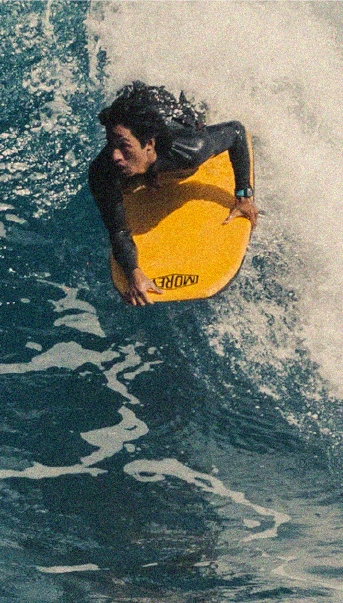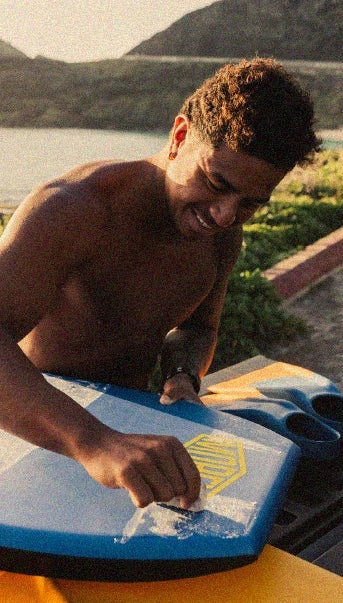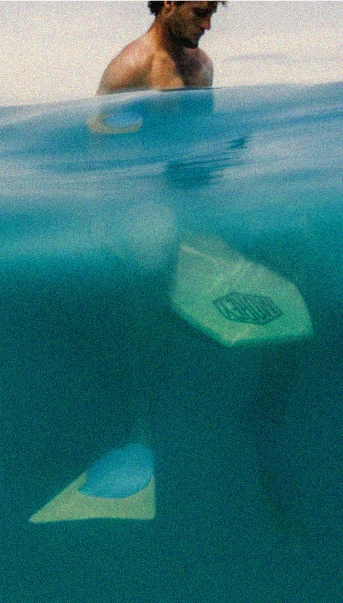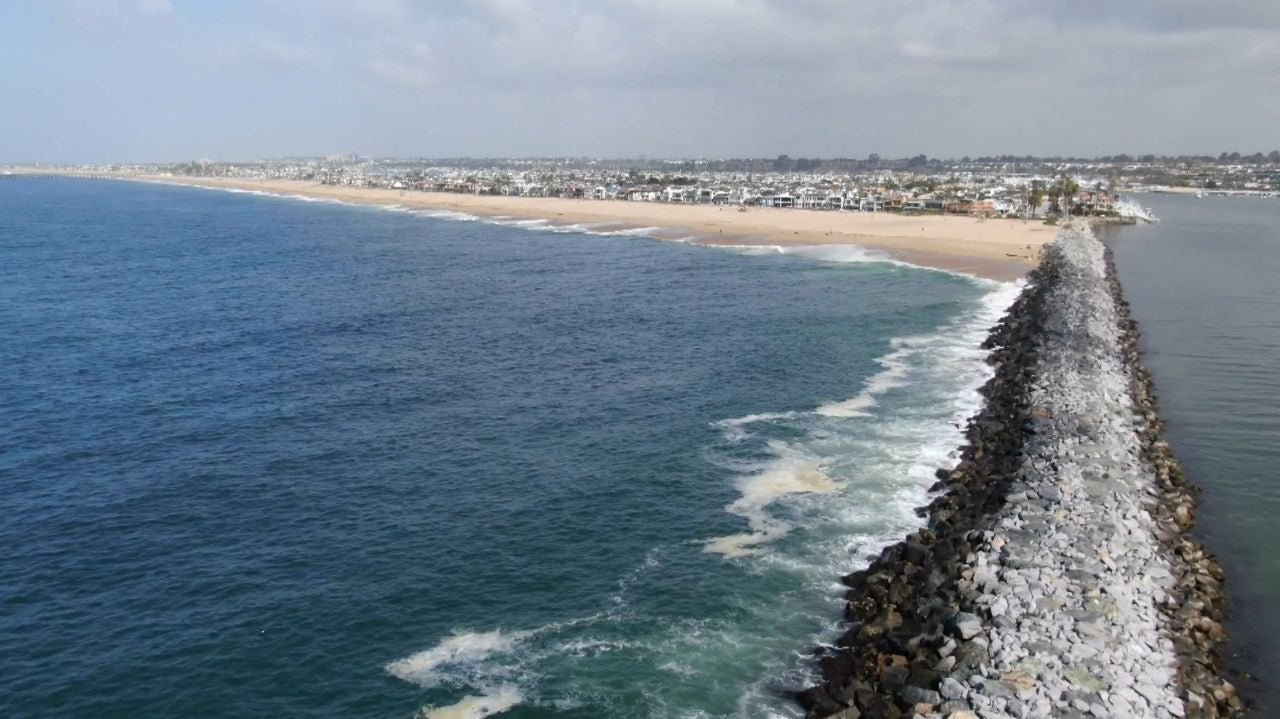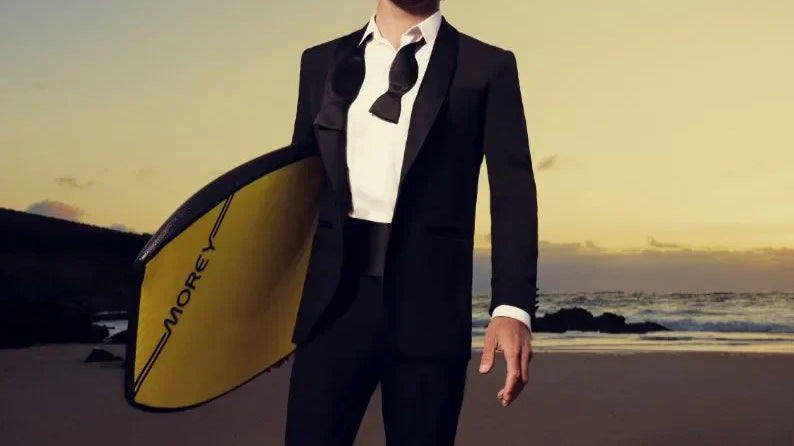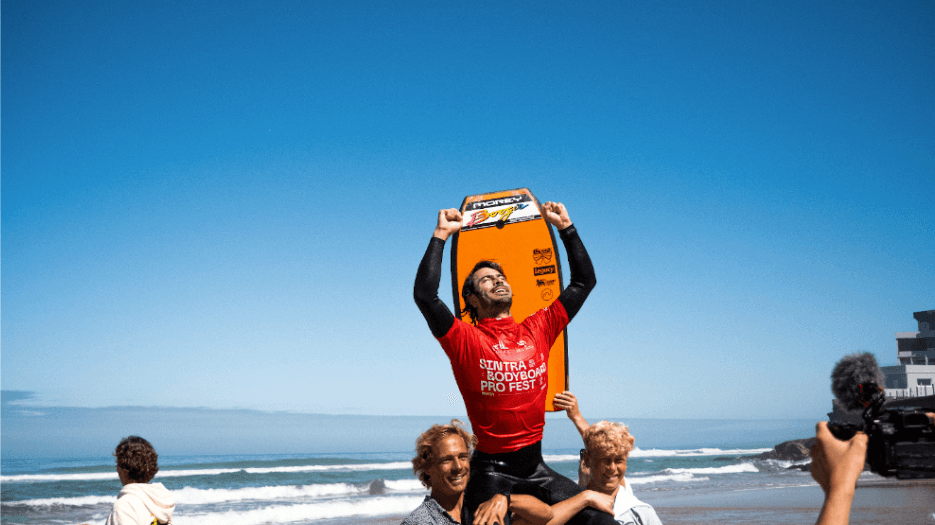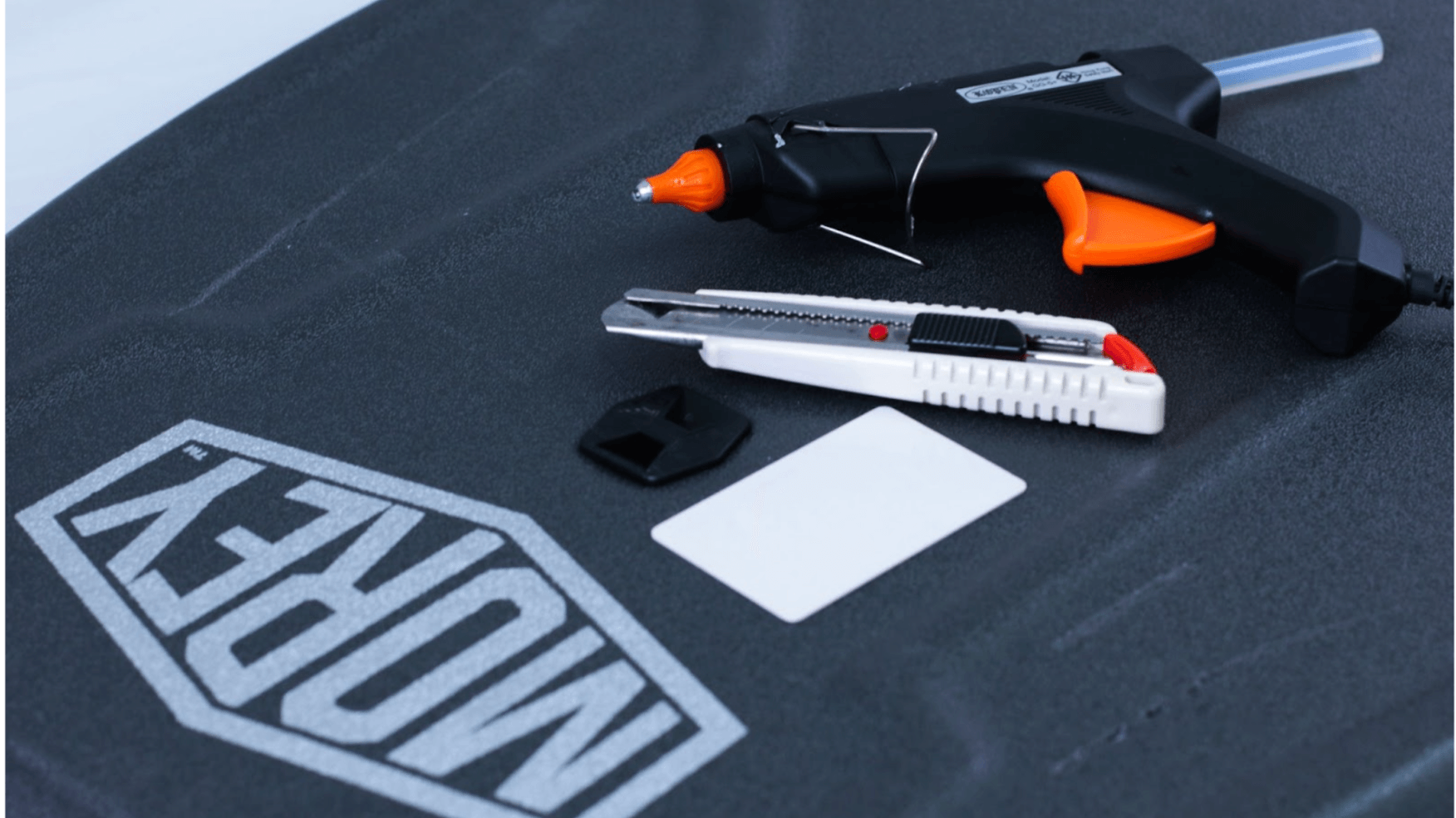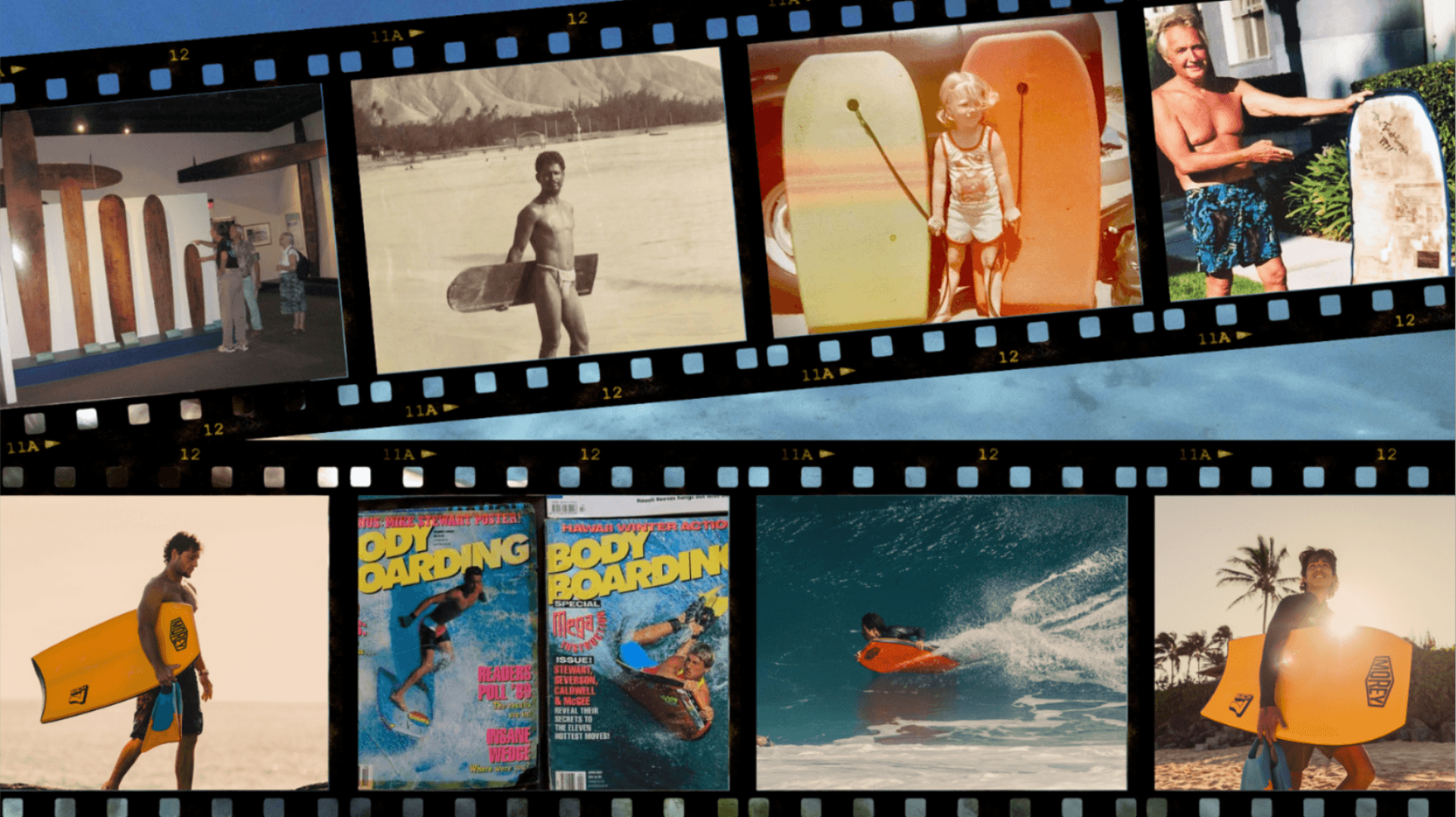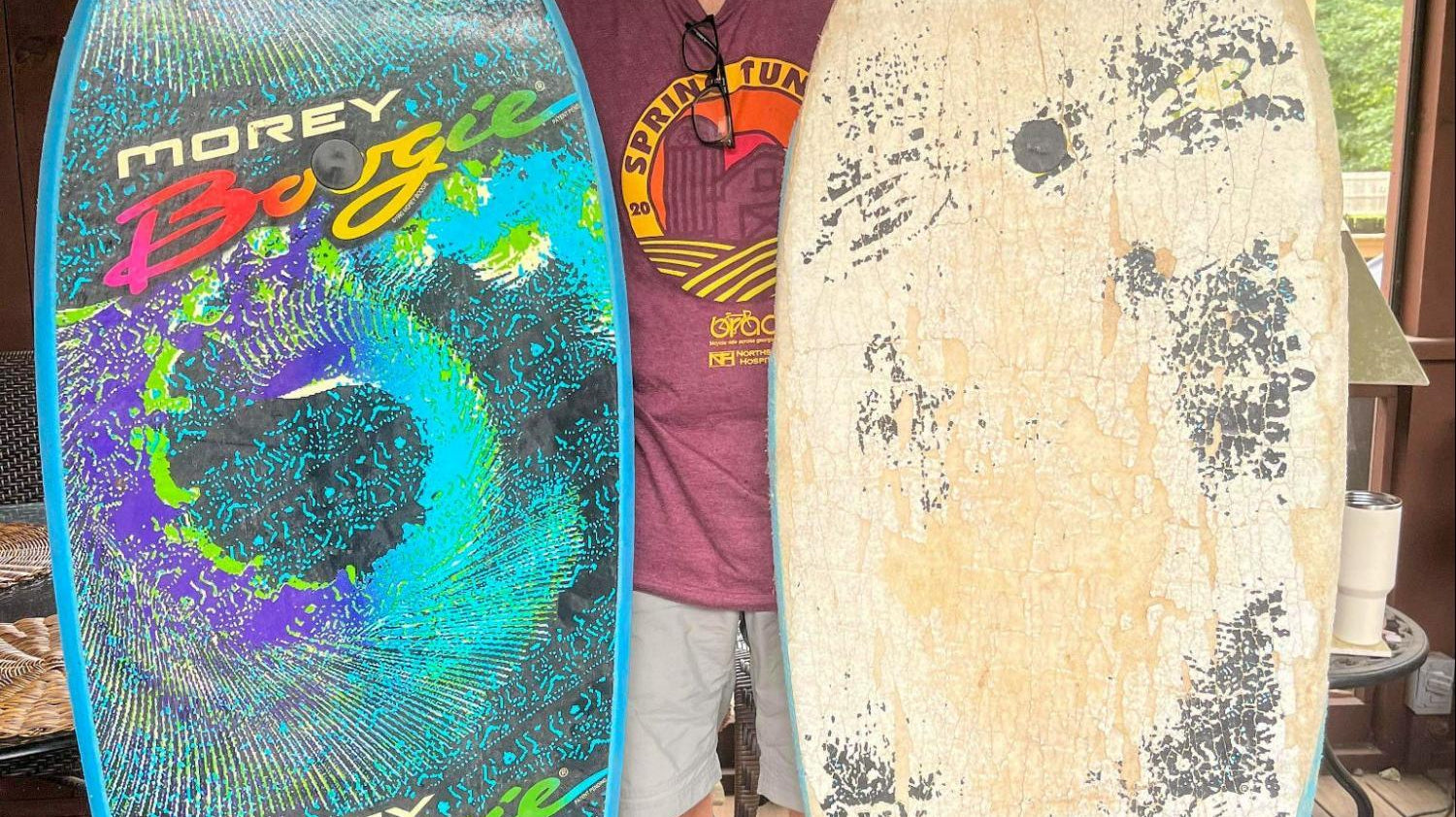
The lure of the ocean has always been powerful. Its waves have called to us for generations, inspiring countless innovations in our quest to conquer and harness its majesty. Among these innovations, one stands out for its simplicity and effectiveness: the bodyboard. But, to understand the modern bodyboard, we must journey back in time to its ancestor - the Paipo.

The Paipo, meaning "short board" in Hawaiian, is believed to have originated in Polynesia hundreds of years ago. Carved from solid wood, these boards were not just tools; they were cultural artifacts, decorated intricately and used for both recreation and ceremony.
Early Hawaiians would ride Paipo boards in a prone position, harnessing the power of the waves without the full stand-up technique of traditional surfing. This laid the foundation for the sport we know today.

Fast forward to 1971. In the sunny landscapes of California, our founder, a surfer and visionary, Tom Morey was about to revolutionize wave riding. What began as a six-foot epoxy glass concept transformed radically when Tom masterfully halved a nine-foot foam, laying the groundwork for today's iconic bodyboard. Thus, the 'Morey Boogie' was born.

Why 'Boogie'? Tom Morey was not just an innovator but a musician at heart. The name “boogie” encapsulated the rhythmic dance of the board with the wave, capturing the essence of the ride.

What made the Morey Boogie so transformative wasn’t just its novel design but its democratizing effect on wave riding. No longer was the ocean's embrace reserved for the seasoned surfer; children, adults, novices, and experts alike could now experience the joy of the sea.

Over the years, Morey Bodyboards has continued to innovate, evolving with materials, designs, and riders' needs. From the iconic Mach 7 to the latest cutting-edge designs, Morey has been at the forefront of bodyboarding's evolution, ensuring riders have the best possible experience.

The rise of the Morey Boogie wasn’t just a product launch; it was a cultural phenomenon. Embedded deeply into American beach culture, it symbolized freedom, fun, and an invitation to everyone. Beaches from California to Florida were awash with enthusiasts experiencing the new sensation of bodyboarding.
From the ancient Paipo boards of Polynesia to the innovative designs of Morey Bodyboards, the spirit of bodyboarding remains unchanged: a deep connection with the ocean. As we celebrate our rich history, we at Morey Bodyboards are ever-passionate about pushing the boundaries, ensuring that every wave caught is an unforgettable experience. Here’s to the next chapter in our shared journey on the waves!

